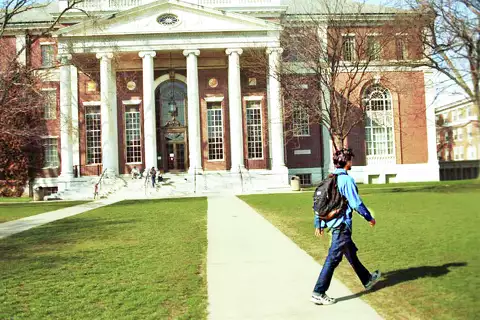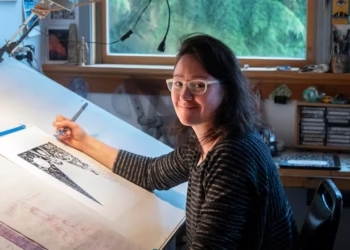As students prepare to begin a new academic year this autumn, some of Connecticut’s most prestigious universities have become notably more selective, according to a review of admissions data over the past decade.
Figures from several institutions, including Yale University, Wesleyan University, Fairfield University, Trinity College, Connecticut College, and the University of Connecticut (UConn) – Storrs, reveal a downward trend in acceptance rates, making the already competitive admissions process even more challenging.
An analysis conducted by CT Insider of available data dating back to 2015 indicates a marked decline in acceptance rates at many of these institutions, even as some colleges across the United States have reported stable or slightly increasing admission numbers.
Fairfield University Leads Drop in Acceptance Rates
Among the institutions that have released preliminary data for the incoming Class of 2029, Fairfield University has seen the most significant drop in its acceptance rate. For the Class of 2028, the acceptance rate stood at 33%. This has now fallen to just 25% for the upcoming academic year.
“This year’s admissions cycle also marks a significant shift in selectivity,” Fairfield University said in a March statement. “With the institution maintaining a target class size of 1,450 students, the overall admit rate has decreased to 25%, making this the most selective cycle in our history. This reflects the strength and competitiveness of the applicant pool.”
The university also noted a 15% increase in applications compared to the previous year, and a 38% rise from two years prior. In 2015, Fairfield’s acceptance rate was approximately 65%.
Trinity and Connecticut College Show Similar Trends
Trinity College maintained an acceptance rate of 29% for both the Class of 2028 and 2029 — a significant drop from the previous range of 33–38%. At Connecticut College, the 36.2% admit rate for the Class of 2028 was the lowest recorded in at least a decade. Finalised figures for the Class of 2029 are yet to be released, but college representatives suggest they are expected to be similar.
The trend is largely driven by a consistent increase in applications while the number of available places has remained relatively stable, resulting in intensified competition.
Yale: Slight Uptick in Acceptance, But More Applicants Than Ever
Yale University, long considered one of the most selective in the nation, accepted just 3.9% of applicants for the Class of 2028, from a pool of approximately 57,500 candidates. This is a sharp drop from 6.7% in 2015, when around 30,000 students applied.
However, for the Class of 2029, Yale’s acceptance rate has seen a slight increase to 4.59%. This change coincides with an expansion in the incoming class size, now capped at 1,650 students — 100 more than in previous years.
“I am thrilled that the change allows Yale to provide more life-changing opportunities to more students,” said Jeremiah Quinlan, Yale’s Dean of Undergraduate Admissions and Financial Aid. “By expanding enrolment, we increase Yale’s excellence, broaden our graduates’ reach, and magnify their impact in communities around the world.”
UConn Experiences Record Application Numbers
At UConn, where the main campus is located in Storrs, application rates have risen by 27% over the past two years. Despite this increase, the university has managed to keep its acceptance rate steady in the 50% range.
For the Class of 2028, UConn–Storrs had an overall acceptance rate of 52.4%, with regional campuses recording even higher rates. The university expects to enrol approximately 4,500 first-year students — consistent with the previous year’s intake.
As of 26 June 2025, UConn had received a record 63,118 applications for the Class of 2029. Final acceptance and enrolment figures are yet to be published, but university officials believe the incoming cohort could be the largest ever.
Importantly, while private universities in Connecticut have grown more selective overall, UConn maintains a high acceptance rate for in-state applicants. For autumn 2024, around 90% of in-state candidates were offered admission to at least one UConn campus.











































































 EduTimes Africa, a product of Education Times Africa, is a magazine publication that aims to lend its support to close the yawning gap in Africa's educational development.
EduTimes Africa, a product of Education Times Africa, is a magazine publication that aims to lend its support to close the yawning gap in Africa's educational development.

